Your feet are more than just a means of getting around—they can reveal vital clues about your overall health. Changes in their appearance, sensation, or temperature may signal underlying medical issues. By paying attention to these signs and seeking timely care, you can catch problems early and stay healthy. Here’s what your feet might be telling you:
1. Cold Feet

If your feet feel persistently cold, it could indicate poor circulation, nerve damage (neuropathy), diabetes, or a thyroid imbalance. In diabetes, reduced blood flow and nerve issues can lead to coldness, numbness, or unnoticed injuries, which may cause complications if ignored.What to Do: Inspect your feet daily for cuts or changes, wear warm socks, and consult a doctor if coldness persists.
2. Foot Pain or Cramps
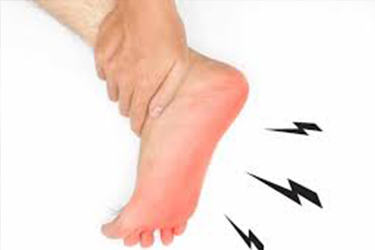
Sudden foot pain or muscle cramps may result from ill-fitting shoes, prolonged standing, or overexertion. Dehydration, low levels of minerals like potassium or calcium, or vitamin B12 deficiency can also trigger cramps. Ongoing pain might point to serious conditions like arthritis, diabetes, nerve problems, or osteoporosis, which weakens bones and increases fracture risk. What to Do: Stretch regularly, stay hydrated, and wear supportive shoes. See a podiatrist if pain continues.
3. Burning Sensation
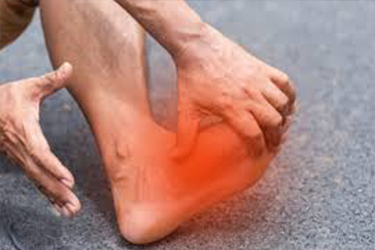
A burning feeling in your feet is often linked to diabetes-related nerve damage (peripheral neuropathy). Other causes include vitamin B deficiency, athlete’s foot (a fungal infection), poor circulation (peripheral arterial disease), or an underactive thyroid. What to Do: Treat potential infections with over-the-counter antifungal creams and consult a podiatrist for persistent burning.
4. Swollen Feet
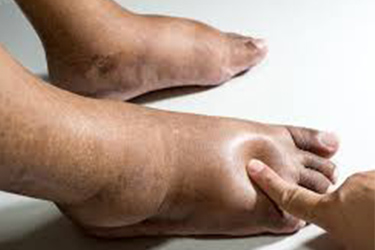
Temporary swelling from standing, sitting for long periods (like during travel), or pregnancy is common. However, persistent swelling may signal serious issues like poor circulation, a blood clot, kidney problems, or thyroid dysfunction. What to Do: Elevate your feet, try compression socks, and seek medical advice if swelling doesn’t improve.
5. Non-Healing Sores
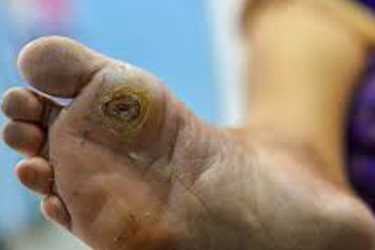
Sores or ulcers that don’t heal are a major red flag, especially for people with diabetes, where reduced sensation and poor blood flow slow healing. These wounds can become infected or indicate peripheral artery disease. What to Do: Monitor sores closely and see a doctor immediately if they don’t heal within a few days.
6. Itchy Feet
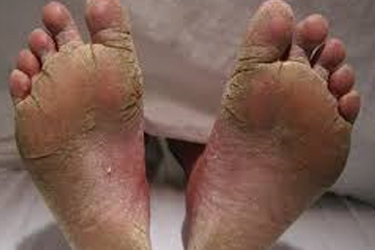
Itchy, flaky feet may suggest athlete’s foot (a fungal infection), contact dermatitis (an allergic reaction to soaps or lotions), or psoriasis (an immune condition causing thick, bumpy skin).What to Do: Use antifungal creams for athlete’s foot, avoid irritants, and consult a foot specialist for prescription treatments if needed.
7. Discoloured or Thick Toenails
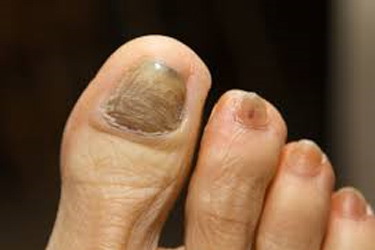
Yellow, thick, or discoloured toenails often stem from fungal infections. They can also signal conditions like psoriasis, arthritis, lung disease, or fluid buildup (edema). What to Do: Keep nails clean and trimmed, and see a podiatrist for persistent changes or infections.
8. Claw Toes
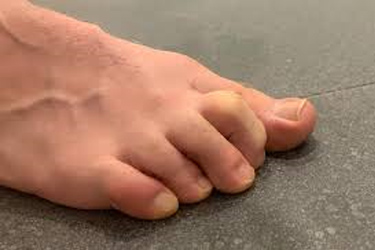
Toes that curl into a claw-like shape may result from tight shoes, diabetes, excessive alcohol use, or nerve disorders. This deformity bends toes upward at the base and downward at the middle joint. What to Do: Wear roomy, supportive shoes and consult a doctor to address underlying nerve issues.
9. Pain in Smaller Toes
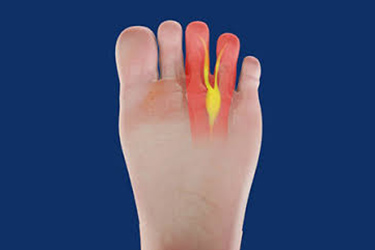
Burning or pebble-like pain in the ball of the foot, especially between the third and fourth toes, may indicate Morton’s neuroma—a thickened nerve tissue caused by injury, tight shoes, or high heels. It’s more common in women. What to Do: Switch to wider shoes, avoid high heels, and see a podiatrist for ongoing pain.
10. Heel Pain
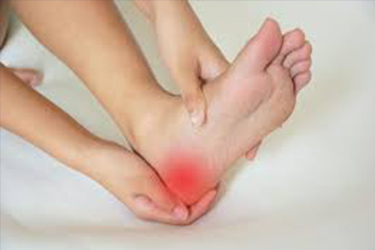
Heel pain is commonly caused by plantar fasciitis, an inflammation of the tissue connecting the heel to the toes, with pain often worst in the morning. Other causes include arthritis, overexercise, poor footwear, or, less commonly, bone spurs, infections, or fractures. What to Do: Rest, stretch the Achilles tendon, wear supportive shoes, and consult a doctor if pain persists.
Take Charge of Your Foot Health
Your feet can serve as an early warning system for your body’s health. Swelling, numbness, coldness, or changes in skin or nails may point to serious conditions like diabetes, thyroid issues, or poor circulation. Regular foot checks, proper footwear, and prompt consultation with a healthcare provider or podiatrist can prevent complications and keep you moving comfortably.













